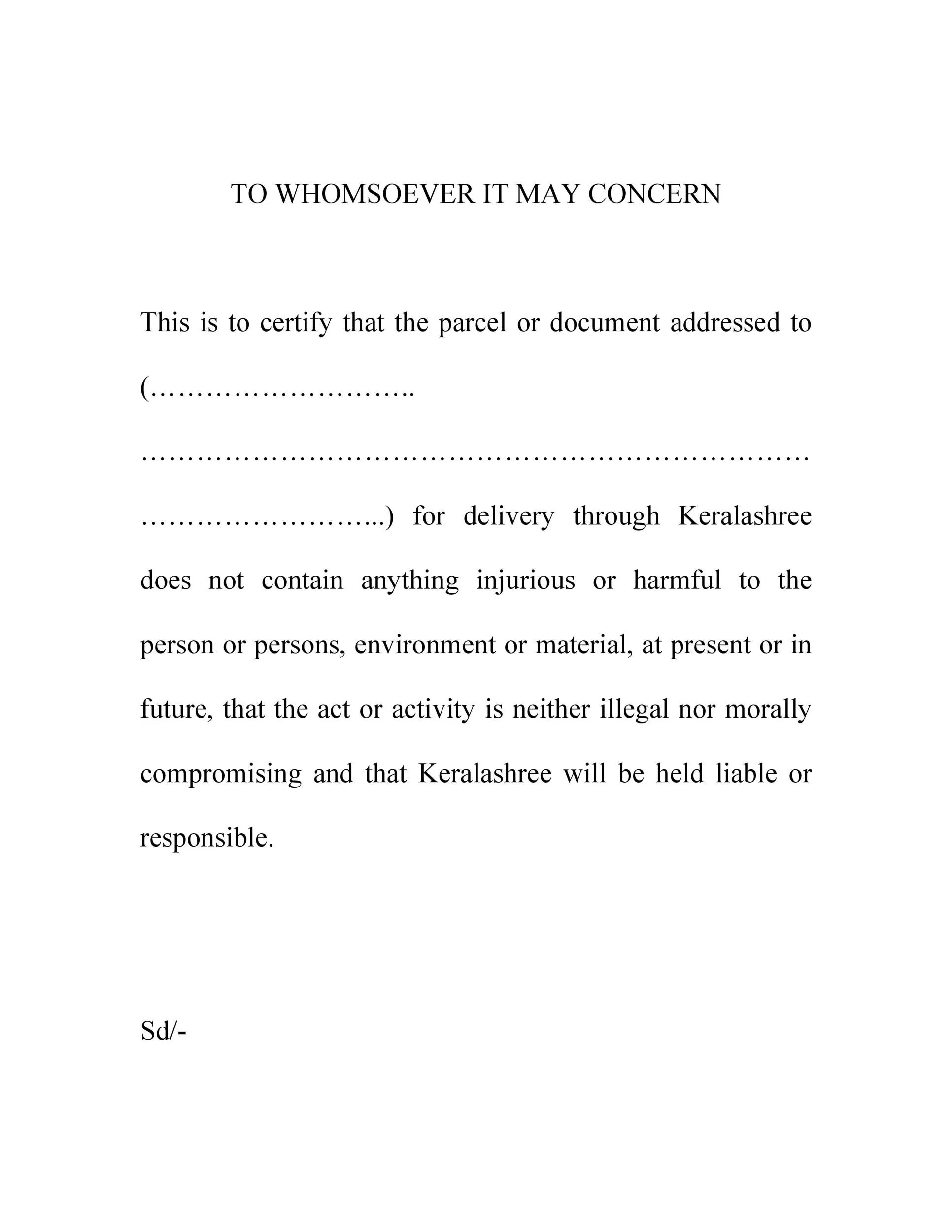Cover Letter Basics
A cover letter is a crucial document that accompanies your resume when applying for a job. It serves as your first introduction to a potential employer, providing a space to highlight your skills, experiences, and enthusiasm for the position. A well-crafted cover letter can significantly increase your chances of getting an interview by demonstrating your personality, writing skills, and genuine interest in the role and the company. It’s a chance to go beyond the bullet points of your resume and tell your story in a compelling way, explaining why you’re the perfect fit for the job. This guide will walk you through the essential steps of writing a great cover letter that will make you stand out from the competition.
What is a Cover Letter
The cover letter is a concise document used to introduce yourself to a potential employer and express your interest in a specific job opportunity. It’s your opportunity to elaborate on the experiences and skills presented in your resume. It should be tailored to each position you apply for, showcasing your qualifications and how they align with the job requirements. A cover letter allows you to personalize your application, explain your career goals, and highlight why you’re the best candidate for the job. This helps recruiters understand the value you bring to their organization.
Why is a Cover Letter Important
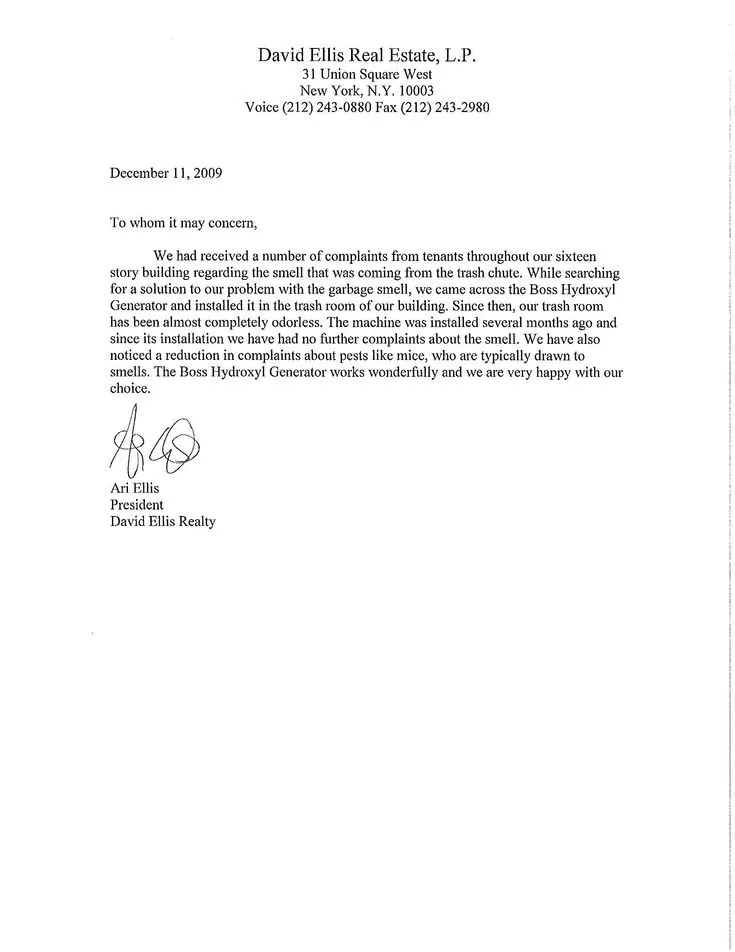
A cover letter is an important part of your job application as it allows you to showcase your personality and writing style. It provides context to your resume, connecting your skills and experiences to the specific job requirements. A well-written cover letter can differentiate you from other applicants. It enables you to demonstrate your communication skills, highlight your enthusiasm for the role, and make a memorable impression on the hiring manager. A cover letter is an important tool that sets the stage for a successful application and potentially lands you an interview.
Essential Components of a Cover Letter
Header & Contact Information
The header of your cover letter should include your name, address, phone number, and email address. This information should be clear and easy to find. Additionally, include the date and the recipient’s name, title, company, and address. Ensure your contact information is up-to-date and professional. This helps the employer reach you if they want to proceed with your application. Use a professional email address and double-check that all the details are correct before submitting your application. A well-formatted header sets a professional tone and makes it easy for the recruiter to contact you.
Salutation
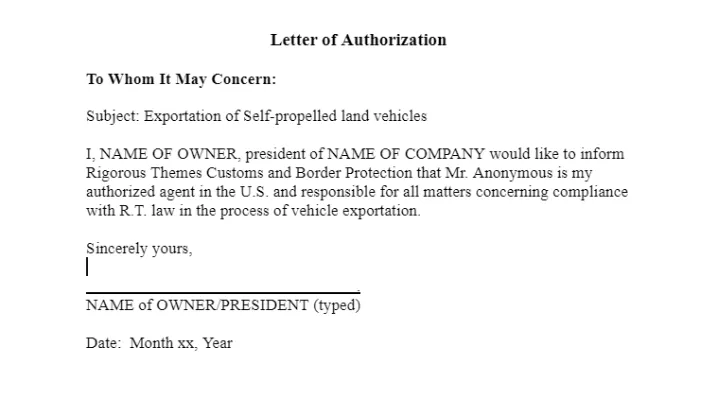
The salutation is how you greet the recipient of your cover letter. Addressing the hiring manager by name is always preferred, as it shows you’ve done your research and are genuinely interested. If you cannot find the hiring manager’s name, use a formal greeting like ‘Dear Hiring Manager’. Avoid generic greetings such as ‘To Whom It May Concern’, which can make your application feel impersonal. Always double-check the correct spelling of the recipient’s name. A personalized salutation sets a positive tone for the entire letter.
Body Paragraph 1 Purpose
The first paragraph of your cover letter should state the position you’re applying for and how you learned about the opportunity. Briefly mention why you’re interested in the company and the role. This section should capture the reader’s attention and convey your enthusiasm. Use a concise and engaging tone to make a positive first impression. It’s important to create a strong hook and make it clear why you want the job.
Body Paragraph 2 Purpose
The second paragraph is where you highlight your relevant skills and experiences. Explain how your qualifications align with the job requirements. Provide specific examples to demonstrate your achievements and how you’ve contributed in previous roles. Quantify your accomplishments whenever possible. Use the STAR method (Situation, Task, Action, Result) to structure your examples, making your qualifications clear and easy to understand. Focus on the key skills and experiences that match the job description.
Body Paragraph 3 Purpose

The third paragraph should emphasize your enthusiasm for the company and the specific role. Explain why you’re a good fit for the company culture and how you can contribute to its success. Reiterate your interest and mention any specific goals or achievements you’re hoping to achieve in this position. Show your understanding of the company’s mission and values. Demonstrate that you’ve done your research and that you’re genuinely interested in the opportunity.
Closing & Signature
Your closing should be professional and polite. Thank the reader for their time and consideration. Reiterate your interest in the position and express your willingness to discuss your qualifications further in an interview. Use a call to action, such as ‘I look forward to hearing from you’. End with a formal closing, such as ‘Sincerely’ or ‘Best regards,’ followed by your typed name. If submitting a digital cover letter, consider adding your signature above your typed name to enhance the document’s professionalism.
Formatting Your Cover Letter
Font and Font Size Selection

Choose a professional and easy-to-read font, such as Times New Roman, Arial, or Calibri. Keep the font size between 11 and 12 points. Ensure the font is consistent throughout the document. Avoid using overly decorative fonts, as they can make your cover letter difficult to read. Maintain a clean and uncluttered appearance by selecting a suitable font. This enhances readability and professionalism, ensuring the reader focuses on your content.
Margins and Spacing
Set your margins to one inch on all sides of the page. Use single or 1.15 line spacing to make your cover letter easy to read. Avoid large blocks of text; use paragraphs and spacing to break up the content. Ensure the formatting is consistent throughout the document. A well-formatted cover letter is more visually appealing. Properly formatted margins and spacing make the document look professional and organized.
Proofreading and Editing
Carefully proofread your cover letter for any typos, grammatical errors, or formatting issues. Mistakes can negatively impact your application and demonstrate a lack of attention to detail. Have someone else review your cover letter for a fresh perspective. Use spell-check and grammar-check tools, but don’t rely on them entirely. Proofreading is crucial to showcase professionalism. Make sure your cover letter is free from errors before submitting it.
Tailoring Your Cover Letter
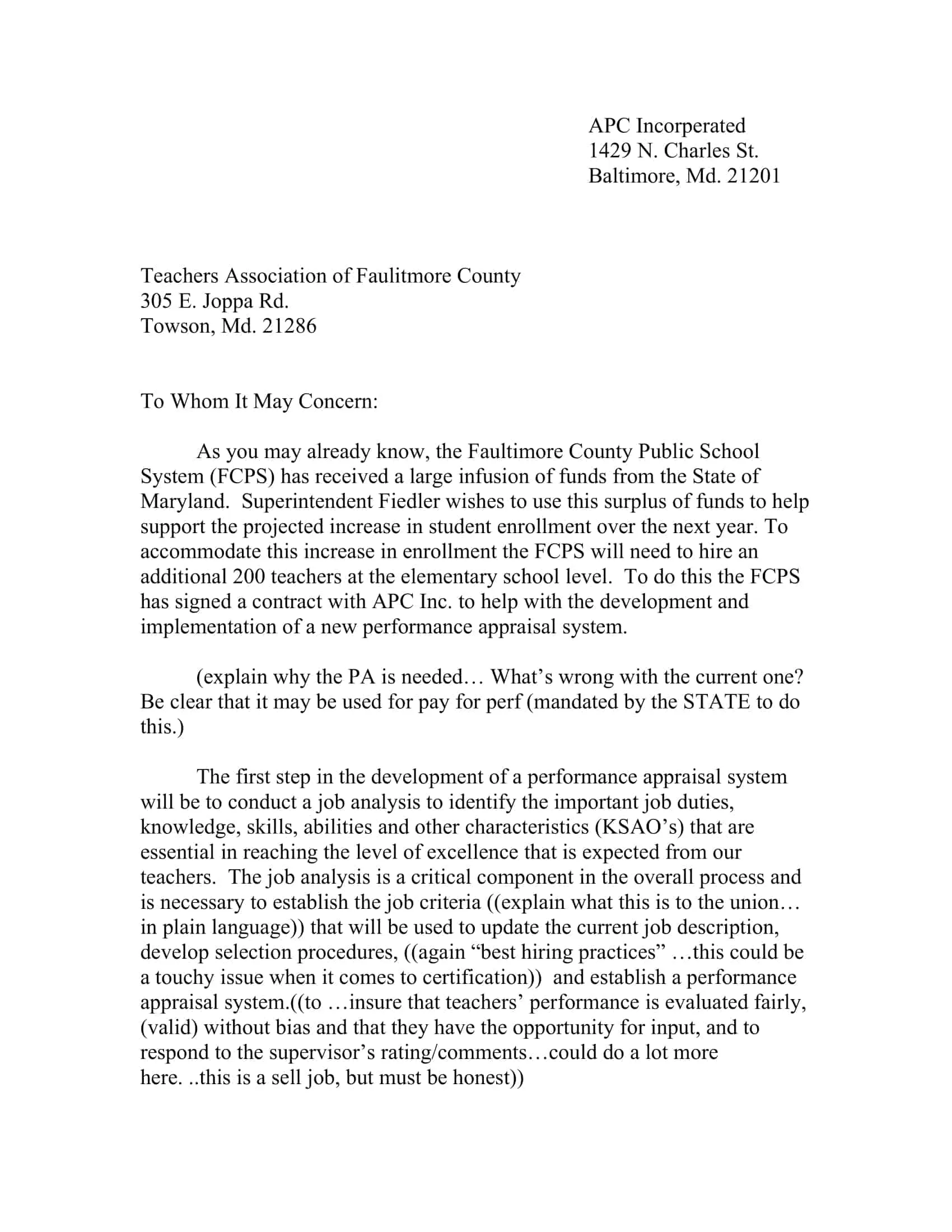
Researching the Company
Before writing your cover letter, research the company and the specific role. Understand the company’s mission, values, and culture. Identify the key requirements and skills they are looking for. This information will help you tailor your cover letter to the specific needs of the employer. Demonstrate your knowledge of the company’s business. Show that you’ve done your homework and are genuinely interested in the opportunity. This will make your application more compelling and increase your chances of success.
Highlighting Relevant Skills
Focus on the skills and experiences that align with the job description. Identify the key requirements and highlight how your qualifications match them. Provide specific examples of your achievements and how you’ve demonstrated those skills in the past. Quantify your accomplishments whenever possible to make your achievements more tangible. Tailor your cover letter to the job. Show how your skills will benefit the company. Aligning your skills with their needs is key to making a strong impression.
Customizing for Each Application
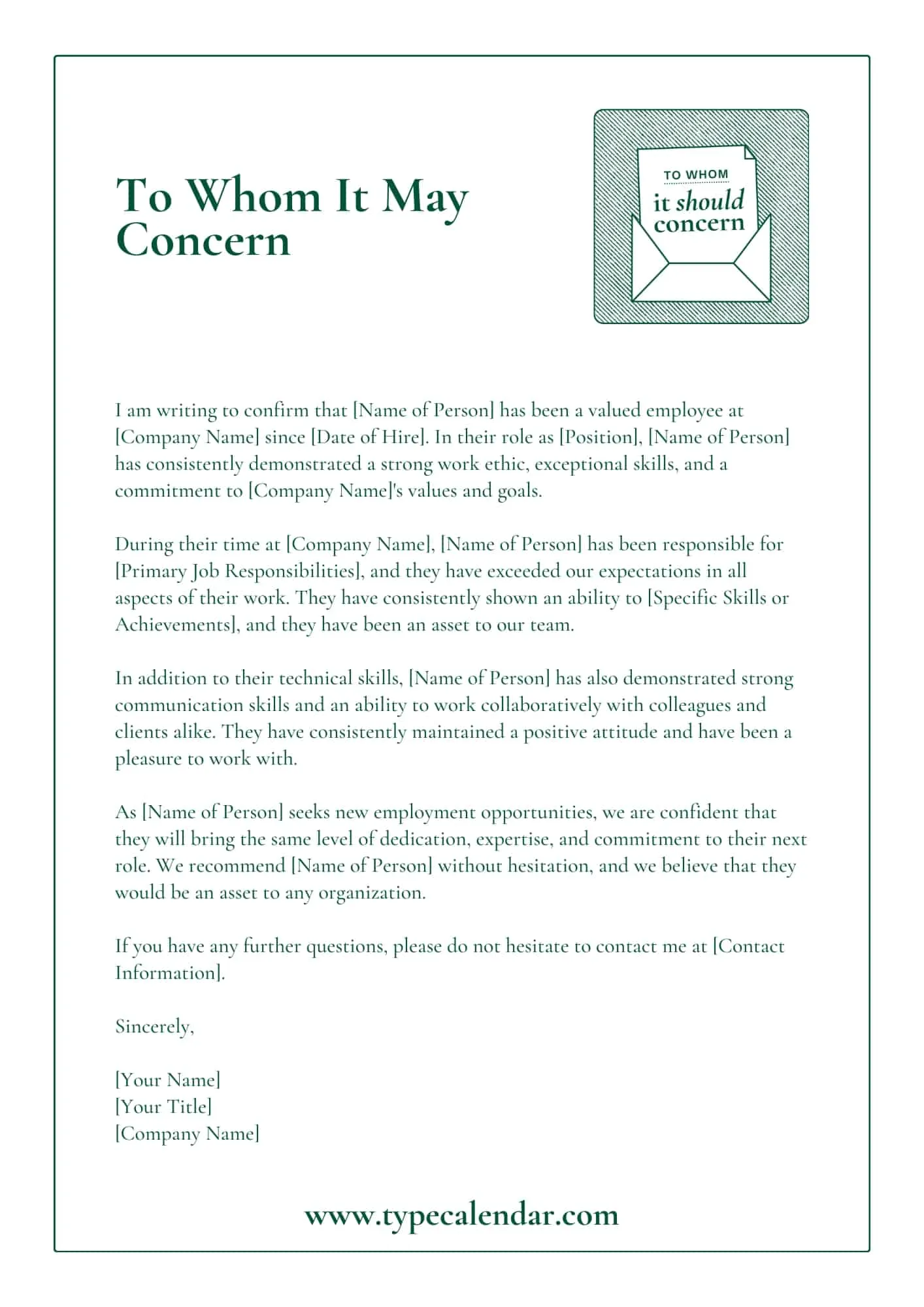
Do not send a generic cover letter to every job application. Tailor your cover letter to each specific role and company. Customize your content to address the specific requirements and expectations of the job. Show that you understand the role and are genuinely interested in the opportunity. This level of personalization will make your application stand out. Take the time to customize your cover letter to ensure your application resonates with the employer.
Avoiding Common Cover Letter Mistakes
Generic Greetings
Avoid using generic greetings like ‘To Whom It May Concern’ or ‘Dear Sir/Madam’. These greetings are impersonal. Always try to find the hiring manager’s name. If you can’t find a name, use a professional alternative, such as ‘Dear Hiring Manager.’ Personalize your cover letter whenever possible. A personalized greeting shows you’ve taken the time to research the company and role.
Typos and Grammatical Errors
Proofread your cover letter carefully for any typos or grammatical errors. Errors can create a negative impression and undermine your credibility. Always use spell-check and grammar-check tools. Have someone else review your cover letter for a fresh perspective. Take the time to ensure that your cover letter is free from errors. Attention to detail is important, and a clean document reflects professionalism.
Unprofessional Tone
Maintain a professional and positive tone throughout your cover letter. Avoid using slang, jargon, or overly casual language. Focus on showcasing your skills and qualifications. Express your enthusiasm for the role and company. A professional tone is crucial for making a positive first impression. Ensure your language is clear, concise, and appropriate for a formal business document. Your goal is to present yourself as a qualified and professional candidate.
Call to Action
The conclusion of your cover letter should include a clear call to action. Express your interest in the position. State your availability for an interview. Thank the reader for their time and consideration. Let the employer know the next step you want them to take. A strong call to action encourages the employer to proceed with the next stage of the hiring process. Make it easy for the employer to move forward by including a clear and concise call to action.
